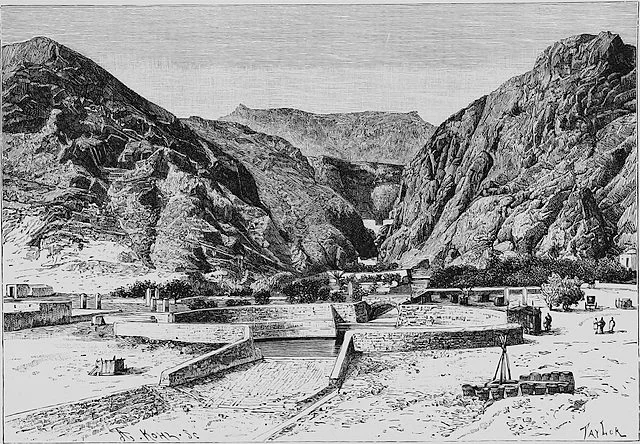The Cisterns of Tawila, located in Aden, Yemen, are one of the most important historical water management systems in the region. These ancient cisterns played a crucial role in the survival of the city, which is situated in an arid environment with limited access to fresh water.
Get your dose of History via Email
History and Construction
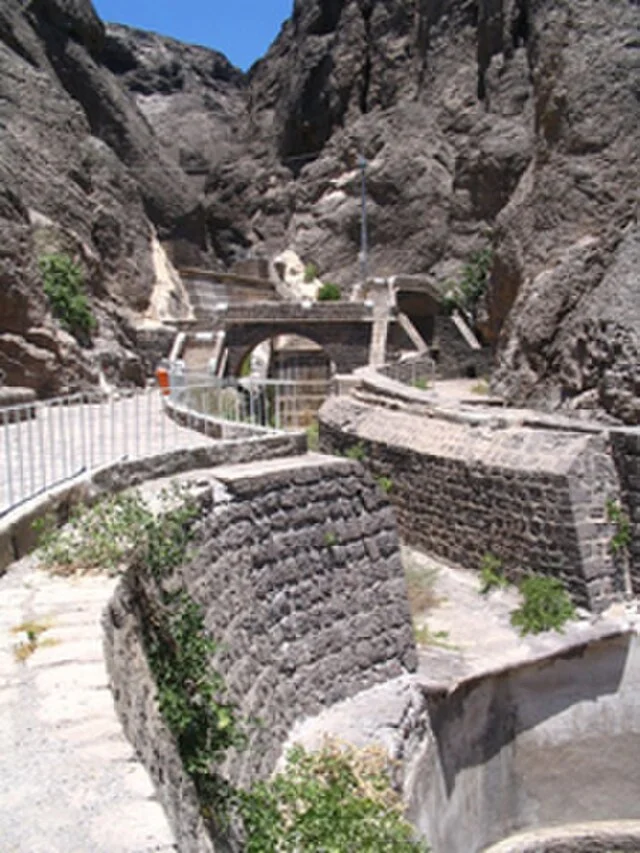
The origins of the Cisterns of Tawila date back to at least the 6th century AD. The construction of these cisterns is often credited to the Himyarite Kingdom, which controlled much of southern Arabia during this period. However, some sources suggest that they may have been built or expanded during the later Islamic period to meet Aden’s growing water needs.
The Cisterns of Tawila were designed to collect and store rainwater from the surrounding mountains, particularly during the short monsoon season. The system consists of a network of reservoirs connected by channels that direct water into large, stone-lined tanks. These tanks were lined with a waterproof plaster, preventing the stored water from seeping into the ground.
Function and Importance
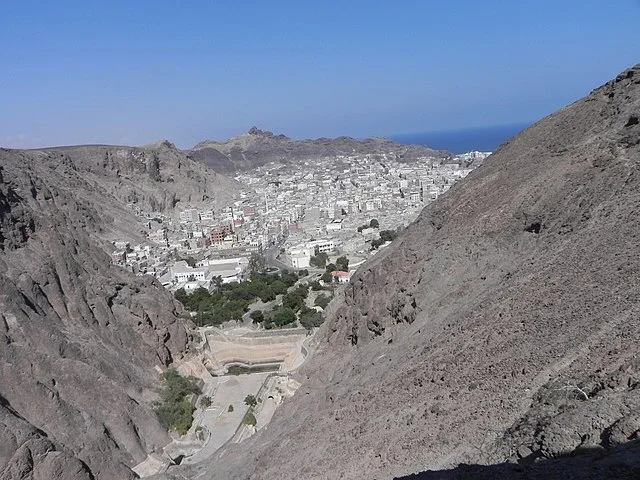
Aden, historically a major trading hub, faced water scarcity due to its geographical location. The Cisterns of Tawila provided the city with a reliable water source, especially during periods of drought. They were essential not only for domestic use but also for supporting Aden’s economy, including agriculture and trade activities.
During times of heavy rainfall, the cisterns could hold up to 20 million gallons of water. This was enough to sustain the population and protect the city from floods by managing the runoff from the surrounding highlands.
Later Developments and Restoration
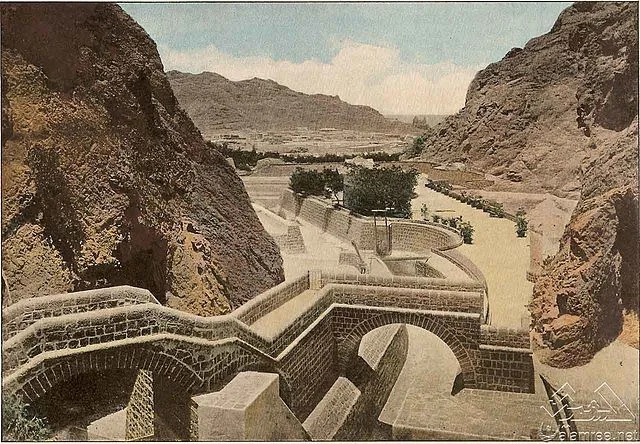
In the 19th century, during British colonial rule, the cisterns underwent significant restoration and expansion. The British recognized the importance of this ancient water management system and undertook efforts to repair the neglected structures. By the late 19th century, many of the original cisterns were restored to their former capacity, and new cisterns were added to further enhance the system’s water-holding abilities.
Current State
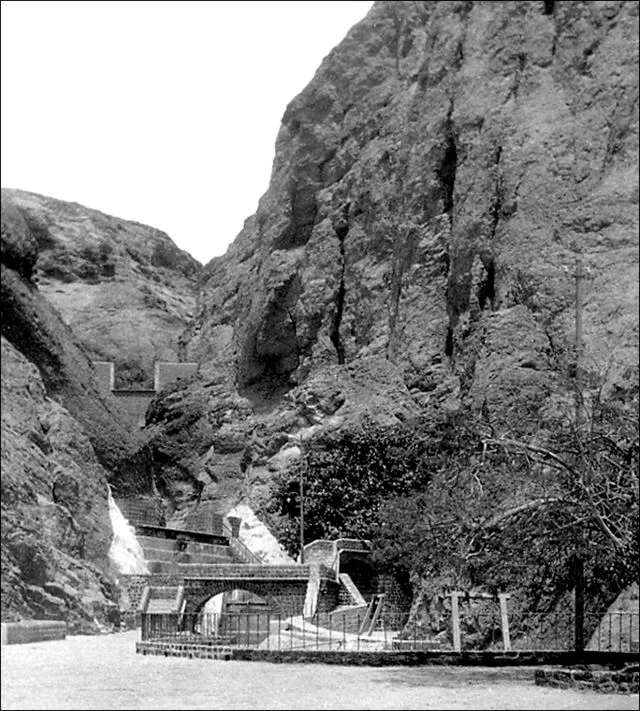
Today, the Cisterns of Tawila remain an important historical landmark in Aden. While they are no longer the primary water source for the city, they stand as a testament to the ingenuity of ancient engineering in managing scarce water resources. The site has become a tourist attraction, with visitors exploring the cisterns and learning about their historical significance.
Efforts have been made in recent decades to preserve the cisterns, but challenges remain. Yemen’s ongoing political instability has hindered conservation projects. Nevertheless, the Cisterns of Tawila continue to be an essential part of Aden’s cultural heritage.
Conclusion
The Cisterns of Tawila are a remarkable example of ancient water management in the arid landscape of southern Arabia. Their construction and continued use over centuries highlight the significance of sustainable solutions to environmental challenges. Today, they stand as a reminder of Aden’s historical resilience and innovation in the face of harsh natural conditions.
Source:

